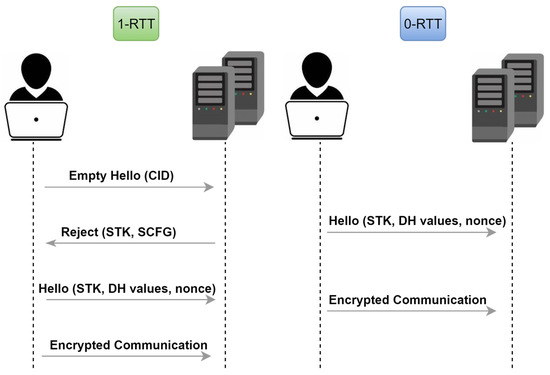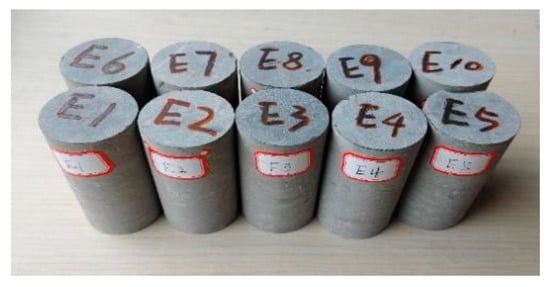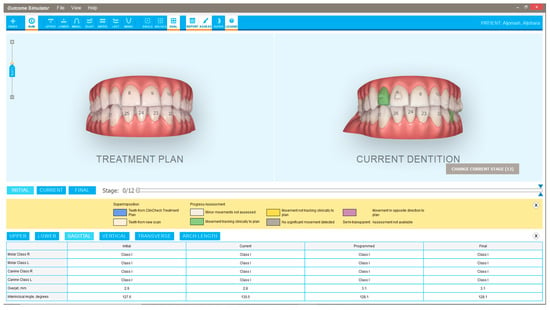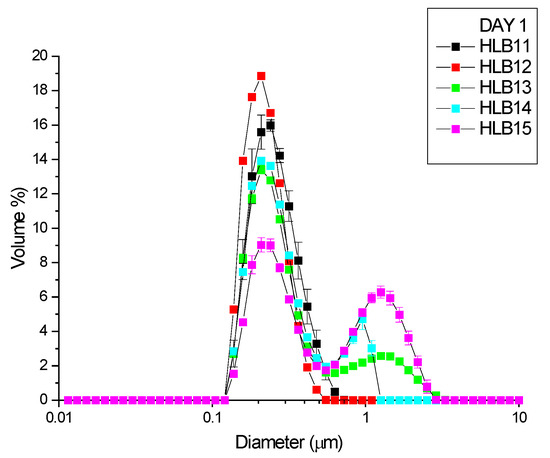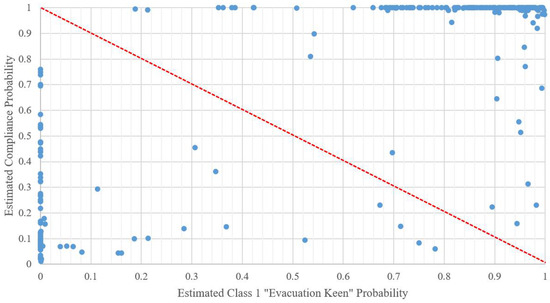Appl. Sci. 2023, 13(8), 4745; https://doi.org/10.3390/app13084745 - 10 Apr 2023
Cited by 6 | Viewed by 1703
Abstract
Visible light positioning (VLP) technology is a classic application of visible light communication (VLC), which inherits the advantages of VLC and applies it to the field of positioning. LED (light-emitting diode) is a type of light source. Because of its high brightness, aesthetically
[...] Read more.
Visible light positioning (VLP) technology is a classic application of visible light communication (VLC), which inherits the advantages of VLC and applies it to the field of positioning. LED (light-emitting diode) is a type of light source. Because of its high brightness, aesthetically pleasing characteristics, and ease of installation, it is used in a variety of indoor lighting applications. However, most of the current VLP technology is still in the laboratory simulation stage and cannot be used in industry or life on a large scale due to various reasons, such as accuracy and cost. Because of the large size of LED flat panel lamps, there are almost no VLP applications with LED flat panel lamps as the emitting light source. Therefore, this paper proposes a VLP technology combining LED flat panel light and a barcode, with a single flat panel light at the transmitting end and a smartphone with a camera at the receiving end, to achieve fuzzy positioning. The paper further uses the angle sensor to assist in designing the “pseudo-two-light positioning” algorithm and selects 16 test points for experiments, and the average positioning error can reach a minimum of 6.5023 cm, achieving centimeter-level positioning accuracy requirements.
Full article
(This article belongs to the Special Issue Optical Camera Communications and Applications)
►
Show Figures


